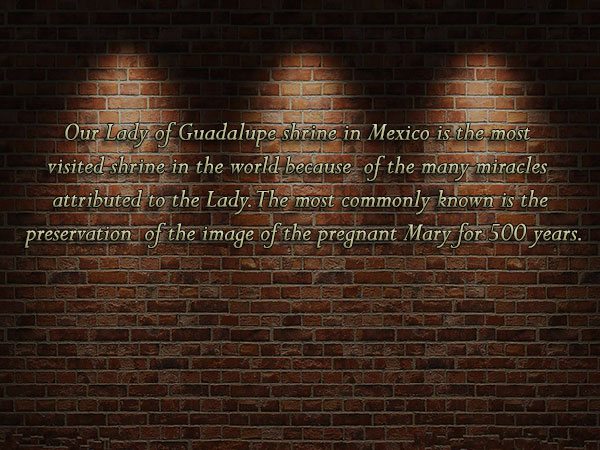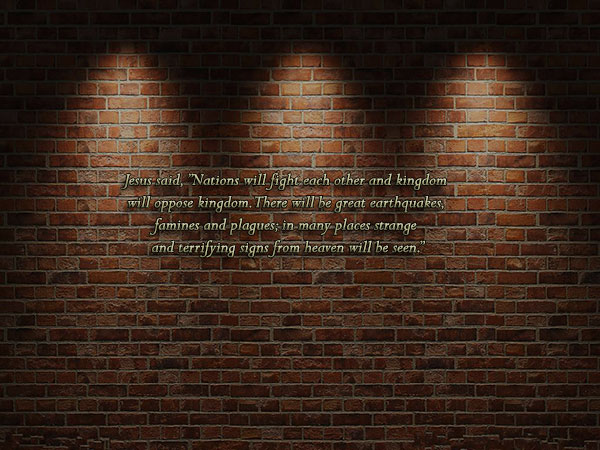“Lord,” Ezayi began, “please also bless us financially when Ate Bea comes back home. She’s an extra mouth to feed.”
I was coming home for the semestral break after being away for three months straight, and my brother had gotten used to our parents going all out on good food when I’m home. He also knew our family’s financial woes better than I do given that I was gone for the better part of the year. It’s often these simple things that make it to his nightly petitions. Occasionally, he would mention his own requests, one of which was earning high grades so that he would be rewarded with a new Santo Niño. For the past three years, he’s been building his altar and collecting images of various saints. He would even dress them with garments he made himself.
Ezayi’s fascination with the Catholic religion and practices began when he was a toddler. His attention was always fixated towards the mass and the priest. As a kid, I did not yet understand the sanctity of religious practices and I often felt obligated into being on my best behavior during mass. With my brother, there was never any doubt about his sincere interest: he knew the litanies, songs, and gestures better than me and my younger sister. Instead of singing catchy children’s songs and nursery rhymes, he would belt out mass hymns at random. His usual way of breaking silence would be to share religious tidbits he found interesting:
“‘Te Bea,” he would start, “do you know who the first Christian martyr was?”
“Who?” I’d reply.
“Clue, he was stoned to death,” he would say with a knowing grin. That would be my cue to pry the answer off him until he would eventually tell me, in detail, everything he found out.
I knew it was St. Stephen, we discussed his life in junction with St. Paul in our 7th grade Christian Living class. The saint’s final words, echoing that of Jesus’, were a prayer of forgiveness for his attackers as he was being stoned. His execution was approved by a man named Saul, who later repented, became a Christian, and was canonized posthumously as St. Paul. St. Stephen later became the patron saint of deacons and stonemasons. That last fact was something I picked up from Ezayi which, upon verifying on Google, turned out to be true.
Showing Ezayi that I was learning something from him began as my way of nurturing his interest. It was not lost on me how something I learned at 7th grade was just a random fact for this kid. This was my hypothesis: his peculiar interest, if encouraged, could enrich and hone other aspects of his life as he grew up. Eventually, he started to surprise the whole family with facts that we have never heard of before. He knew more than I did about Catholicism, and I genuinely began to learn new things from him.
Another good thing that came out of this is that he never hesitates to talk to me about anything despite our 9-year age gap. Recently, he developed a knack for religious iconography and a talent for illustrating saints in the Byzantine-era style. He learned this on Youtube, but he might as well have been a Byzantine artist in his past life.
“Look Ate, the Byzantines drew religious figures more symmetrical and flat. Everything revolves around lines, figures, and drapes,” he would explain as he demonstrated his drawing process, “they had frescoes, too. But I haven’t started the tutorial for that yet.”
These days my room is filled with icons and drawings of saints. I would ask for Ezayi’s drawings when he finished them, and he would happily oblige. They’re laid out on my wall like an exhibit portraying his amazing progress: an early work featuring St. Pedro Calungsod in vibrant crayon, a pencil illustration of the Mater Dolorosa and the crucifixion of Jesus, and a detailed oil painting of St. Isidore Labrador (who, according to his findings, is the patron saint of Pulilan, Bulacan).

I would often see him drawing with a pencil and paper in front of the TV, either playing a tutorial or watching a documentary on topics like the difference between the Catholic and Orthodox Church. At first I wondered if he actually listened and learned from these documentaries, because from my experience tutoring him for school, he often needs to really focus to retain new information. There was no need to wonder. He made it a habit to relay the things he learned from these videos to the family during dinner. It has now gotten to a point where we don’t even feel the need to fact-check him on Google, we just trusted that he knew better than us.
Ezayi is proving my hypothesis true. So far, with the encouragement of everyone in the family, he is growing up to be a religious, cultured, intelligent, talented and resourceful person. His interest in Catholicism enriches his daily practices and life. He prays sincerely and has a strong faith in God, but he also knows the history of the Church and inquires about it. He has explored art history intensively as an extension of his interest in saints and images and is also turning his attention (for the past few months) to making sculptures out of wood and dressing them with garments made of spare cloth he found around the house. The world is his oyster, filled with all the fascinating things he could discover and accomplish. It is a happy little blessing, I think, to watch his story unfold and play an integral role in nurturing his potential.
Beatrice Richa Athena V. Eucapor is a third-year student of Economic Social Sciences at the University of the Philippines-Baguio.
References
https://news.abs-cbn.com/lifestyle/2024/5/15/kneeling-carabao-905
The Art Story. (2018). Byzantine Art and Architecture Overview. The Art Story. https://www.theartstory.org/movement/byzantine-art/
The Editors of Encyclopedia Britannica. (2019). Saint Stephen | Facts, Theology, &
Martyrdom. In Encyclopædia Britannica. https://www.britannica.com/biography/Saint-Stephen










